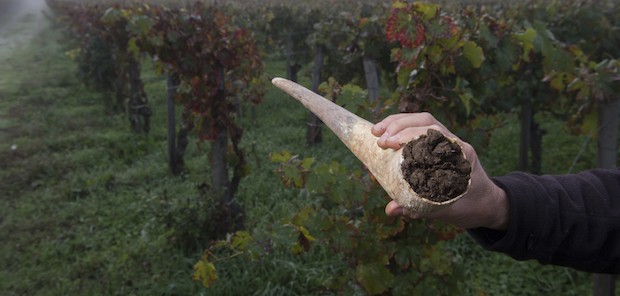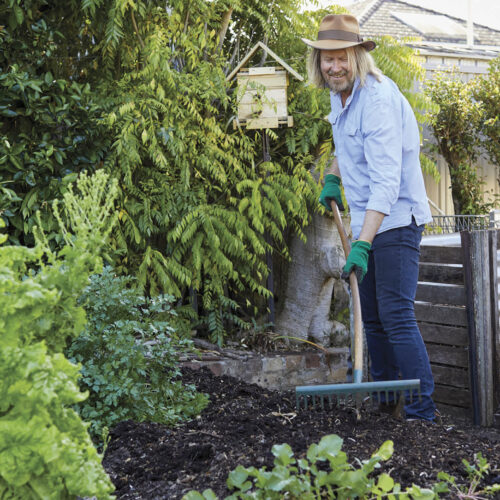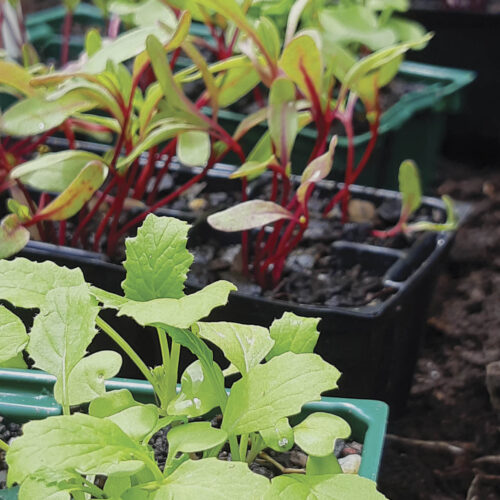Biodynamic gardening by the cosmos
2017-09-13T14:00:01+10:00
Gardening by the cosmos is a feature of biodynamic farming, writes Janet Barker.
Biodynamics is a holistic, ecological and ethical approach to farming, gardening, food and nutrition. It is based on the spiritual insights and practical suggestions of Dr Rudolf Steiner, and has been developed through the collaboration of many farmers and researchers since the early 1920s. Biodynamic farmers strive to create a diversified, balanced-farm ecosystem that generates health and fertility as much as possible from within the farm itself. This can be mimicked on a smaller scale in the garden.
The movement of the moon, sun, stars and planets guide the biodynamic gardener. They work with the constellations as well as the moon rhythms – lunar ascending/descending periods, nodes, waxing and waning – in the biodynamic garden.
For example if you garden using biodynamics, preaparation BD500 (horn manure) is put out in a descending phase, when the moon is waning. It’s applied as a soil spray in autumn and spring, as the day draws to a close. BD501 (horn silica) is a ‘light’ spray, applied first thing in the morning, in spring or summer. Preferably the moon will be ascending and waxing.
Many biodynamic gardeners use the Astro-Calendar, produced each year by Brian Keats, to assist them. Other guides are available through biodynamic groups and associations.
Cosmic gardening
Biodynamic gardening aims to work in tune with the lunar and planetary rhythms.
The waxing and waning moon – Most gardeners are aware of this lunar cycle. Waxing is when the moon gets larger; waning is the opposite. Generally, there is lot of growth and activity towards the full moon. Try to do important gardening just before the full moon. I avoid planting right on the full moon because results can be unpredictable. You may end up with weak, lanky seedlings, or plant disease problems.
Where the moon is in the sky – If you look, you will notice the moon is higher or lower in the sky during the month. We call this theascending and descending phases of the moon as it crosses the equator every fortnight. It mirrors the sun’s movement – high in summer and low in winter – only a lot faster. The sun takes six months to reach the equator, the moon only two weeks. I think about the descending moon as a sort of ‘in breath’, when forces are contracting earthwards. This is a good time for ‘wintery’ activities such as transplanting, pruning, making compost and applying soil fertilisers. Ascending phases are the ‘out breaths’ and I use them for ‘summery’ pursuits like grafting and applying foliar sprays.
And the stars – The belt of stars and constellations is fixed in the sky. The planets and moon move in front of the belt on their own orbits. The moon moves through each constellation over the month and brings the influence of that sign to the earth as you sow, plant, cultivate, weed or apply the biodynamic preparations. Biodynamic calendars refer to these as root days, leaf days, flower days and fruit days.






